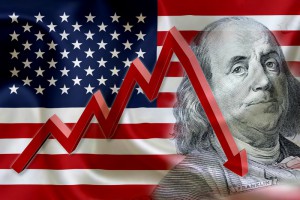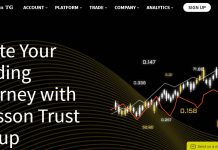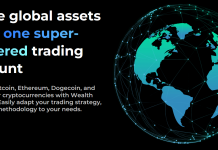Inflation concern the only negative
 Last week’s employment report in the U.S. was ultimately very positive for the dollar despite the ludicrously high expectation for a headline number of above 300k which was proven to be excessive. In historical terms, where growth is returning to the economy, 250k+ new jobs would be created a as matter of course, indeed that would be the minimum expectation. However, since the employment rate is far higher at this time in the cycle than usual, expectation for job creation are lessened.
Last week’s employment report in the U.S. was ultimately very positive for the dollar despite the ludicrously high expectation for a headline number of above 300k which was proven to be excessive. In historical terms, where growth is returning to the economy, 250k+ new jobs would be created a as matter of course, indeed that would be the minimum expectation. However, since the employment rate is far higher at this time in the cycle than usual, expectation for job creation are lessened.
However, the “blot on the landscape” as far as the U.S. economy is concerned and this is becoming a phenomenon across the G7, except for the U.K. which is a “special case”, is the lack of inflation. It is conventional wisdom that exceptionally low interest rates together with the “printing of money” associated with quantitative easing would lead to far higher inflation. It is therefore considered likely that as rates rise and support is withdrawn that inflation will fall.
In both the U.S. and Eurozone, inflation is already well below the 2% target that both the ECB and FOMC work to.
These concerns, voiced by a few members of the FOMC are holding the dollar back long term as the create a concern over rate hikes in 2018.
Sterling recovers a little despite seeing only negatives
 There is absolutely nothing positive to say about Sterling at this moment from a macroeconomic, monetary policy or political perspective. That traders are even giving credence to the possibility of two rate hikes in the next three years smacks of the desperation of those who are “long and wrong”.
There is absolutely nothing positive to say about Sterling at this moment from a macroeconomic, monetary policy or political perspective. That traders are even giving credence to the possibility of two rate hikes in the next three years smacks of the desperation of those who are “long and wrong”.
It is a testament to the improved liquidity that is present in the market that last week’s MPC meeting didn’t generate a “flash crash” as we have seen, particularly in Sterling, when the market is moving out of long positions and the liquidity isn’t there to support the market.
The pound did recover a little yesterday most likely on profit taking as it found support close to 1.3000. However, the outlook remains very negative with sell orders lined up from the current level up to 1.3320 the pre-MPC high.
Next week sees the release of inflation and employment data in the U.K. and the market has already received advance guidance from BoE Governor Mark Carney that inflation will be above 3%. It is the November data that will be released in mid-December that will be closely watched for the effect of the rate hike taking effect. Real wages will have fallen further adding pressure to Sterling as the consumer could start to withdraw support that has been very important to the resilience of GDP.
Error, group does not exist! Check your syntax! (ID: 4)
Risk aversion rising as Geopolitical tensions mount
 The effect of what is being called the biggest change in its 80-year history is providing concerns across the whole of G7 which has huge defence and infrastructure contracts with the largest economy in the Arab world, Saudi Arabia.
The effect of what is being called the biggest change in its 80-year history is providing concerns across the whole of G7 which has huge defence and infrastructure contracts with the largest economy in the Arab world, Saudi Arabia.
So far there has been nothing to indicate that there is anything to be concerned about for the west. In fact, the opposite is probably true since any new openness should provide opportunities for G7 countries. The arrest of one of the most well known international businessmen, Prince Alwaleed bin Talal will have brought a shudder to a number of the prominent businesses like Citibank where he has significant investments but overall this should be a positive development.
Elsewhere, the Reserve Bank of Australia left rates unchanged as expected. A few months ago, a hike seemed possible but a slowdown in Chinese activity has had the knock-on effect on the Australian economy despite employment holding up well.
North Korea has been quiet lately, but that issue could flare up again at any time and while President Trump has been, for him, in conciliatory mode during his trip to Asia, Pyongyang could easily decide the timing was perfect to “grab the tiger’s tail”, with a corresponding effect on risk appetite.








![Reltex Group Reviews: Explore business opportunities by Trading [reltexg.com]](https://comparic.com/wp-content/uploads/2023/12/image001-218x150.jpg)
![Mayrsson TG Reviews: Why Choose Crypto-Trading with Them? [mayrssontg.com]](https://comparic.com/wp-content/uploads/2023/12/image1-218x150.jpg)








